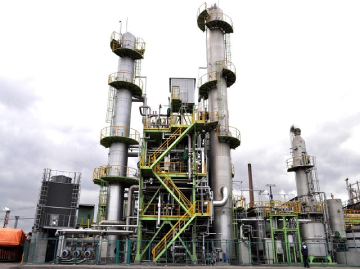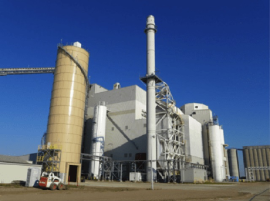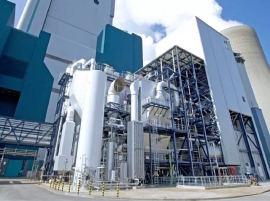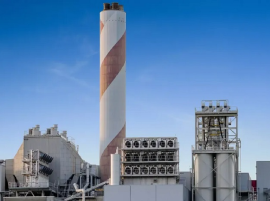Co2 Capture Plant


Kerone is committed to altering public perceptions on climate change. Our goal is to create innovative CO2 capture technology that will lower the amount of greenhouse gases in the atmosphere, thereby slowing down climate change. Our comprehensive suite of services and technological innovations enable us to offer effective solutions for reducing atmospheric concentrations of the dangerous gas.
Our company's cornerstones are expertise, innovation, and environmental responsibility. Our research, development, and implementation of cost-effective and efficient methods of absorbing, storing, and utilizing the CO2 emissions from industry are our main concerns. We work with several industries, including manufacturing, transportation, and energy generation, to provide customized solutions that meet sustainability goals.
Kerone believes that collective action is necessary to combat climate change. Our committed staff is prepared to help businesses reduce their carbon footprints, comply with legal requirements, and implement environmental conversion. Furthermore, the capabilities of our carbon dioxide capture systems go far beyond reducing atmospheric emissions. They foster the growth of new markets, especially the carbon market.
Utilizing modern technology, carbon dioxide capture solutions are designed with the environment in mind. Working together, we may begin to create the foundation for a sustainable future. Join us on our journey toward a low-carbon future where our progeny will always be healthy.
Transport, capture, and geological storing CO2 uses a wide range of technologies. The majority of the work has been focused on improving the separation methods' efficiency for other typical industrial exhaust gases, like CO2. Various "capture" technologies are among them. Depending on the specifications of a certain type of power plant or the industry process, there are three groups of methodologies used in the capture processes.
Post-combustion
The flue-gas resulting from the combustion of a fossil fuel is then passed through columns that remove CO2. Post-combustion separations take CO2 in solution for its removal by adsorption or absorption. It is used in PC plants and NGCC plants. It is well-suited for use in a retrofit environment.
Pre-combustion
Syngas is mainly produced by mixing carbon monoxide and hydrogen with steam and either air or oxygen. Afterward, the carbon monoxide is then transformed into CO2 via a “shift reactor”. This CO2 may then be separated in order for the H2 to become power or heat. Specifically, this technology can be well utilized to develop IGCC power plants.
Oxy-fuel combustion
Instead of air, it burns the main fuel and gives off a flue gas with 80% of carbon dioxide and much water vapor. Then, this flue gas cools down and generates condensation of water vapors leaving clean stream of CO2. The production of oxygen from air requires additional equipment.
Environmental Impact and Risks of CO2 Capture Technology
The technology used for capturing CO2 has a great deal of importance when it comes to minimizing negative impacts associated with releasing CO2 into the atmosphere, however such technologies are also accompanied by their unique set of potential environmental and operational risks. First, the lowering of CO2 levels released into the environment that contributes to global warming, increases in temperature, severe weather disasters like floods, and sea-level elevations are a significant advantage. This is how the technology reduces the amount of the greenhouse gas in the atmosphere by retaining CO2.
Nevertheless, similar to any other risk, Carbon dioxide capture also poses certain hazards such as leakages and escaped captured gas which might cause contamination to human life and the surrounding atmosphere. Transport and storage of captured CO2 should be closely monitored to ensure no unwanted side effects are generated. The operational energy and resources needed for the setup of CO2-capture plants also result in various environmental implications including increase in energy consumption, additional water consumption and extra land requirement.
Therefore, during implementation of this technology safety, careful monitoring, and regulation should be put in place so that overall it benefits the environment more than posing risk to it. As the technology advances it is necessary to address these risks and curb their occurrence to promote responsible and sustainable use of this technology.
Related images




